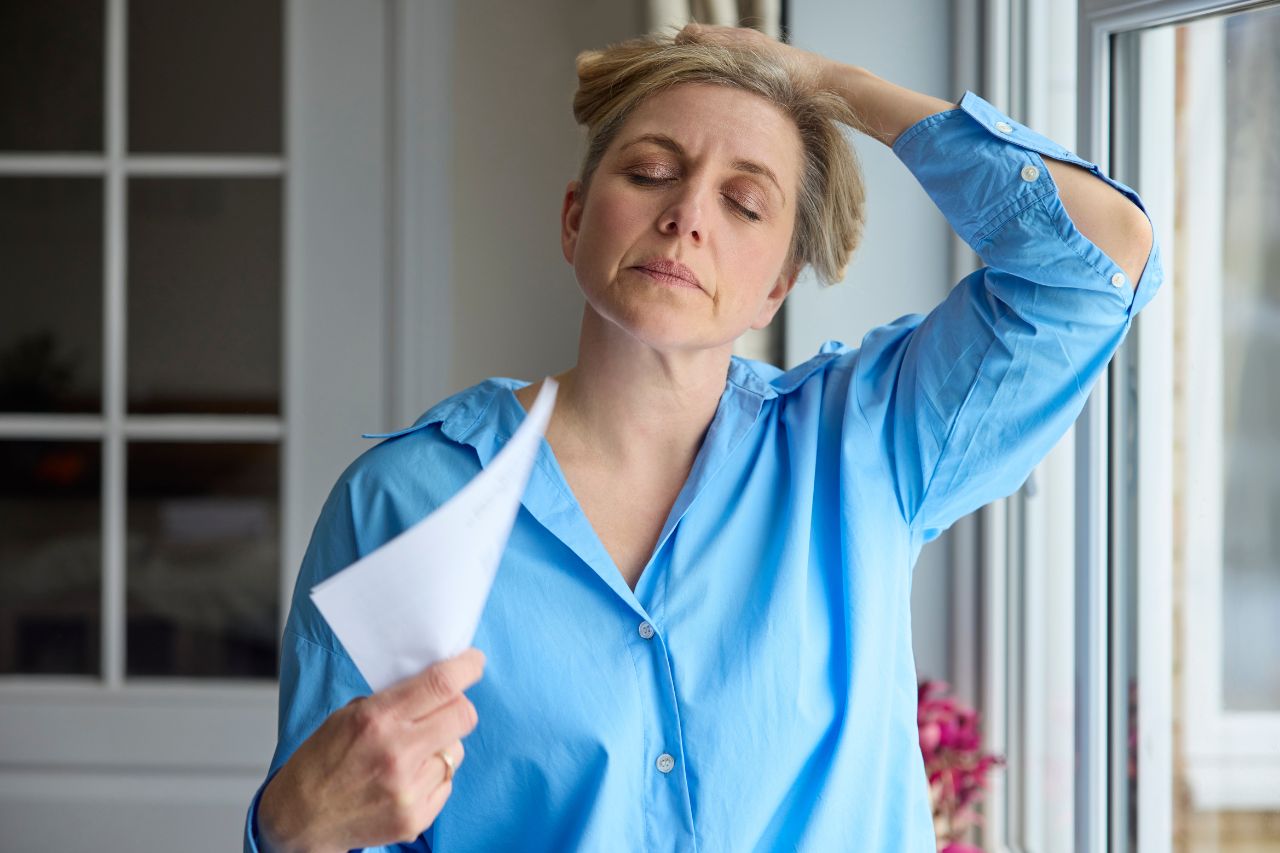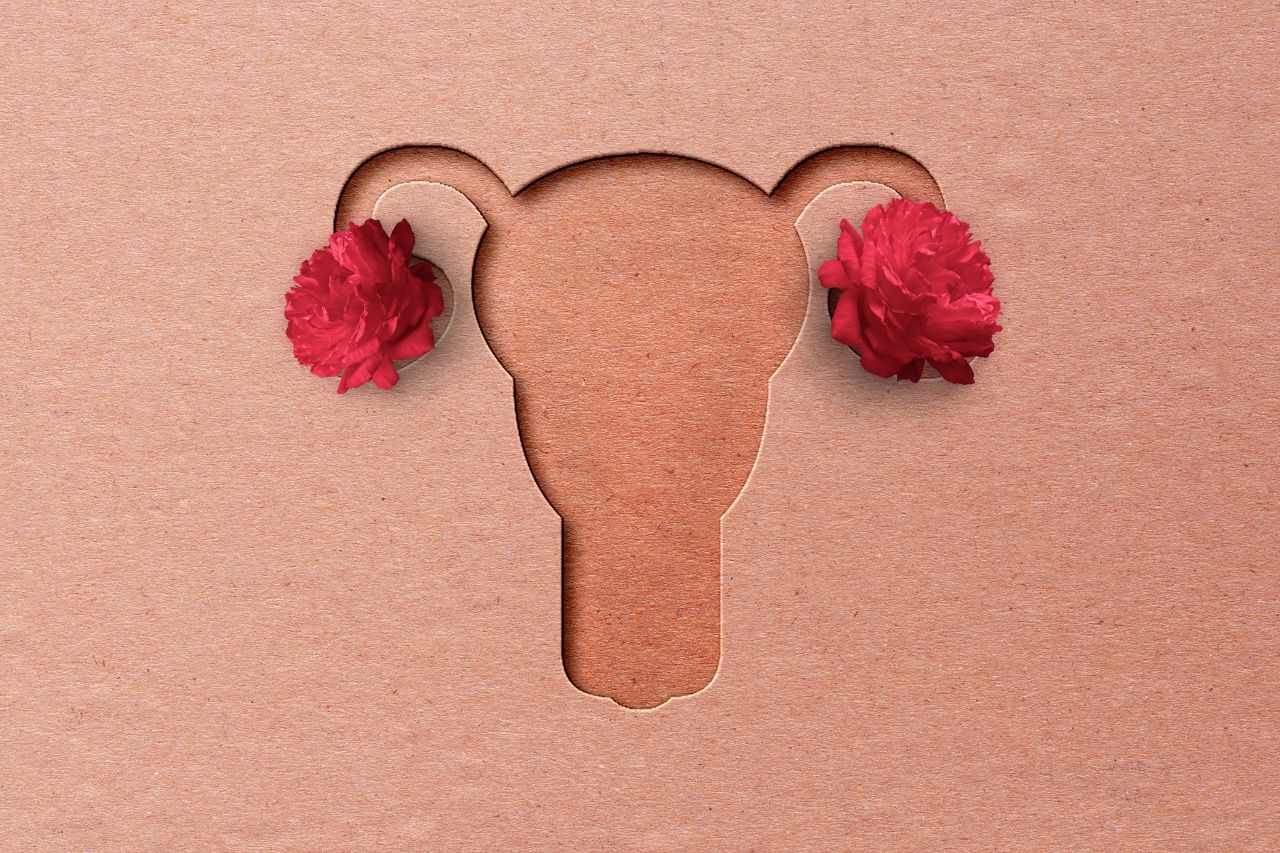Low Estrogen Symptoms

Clinically reviewed by Cindy Richardson, CMPE.
Estrogen is a hormone the body produces to drive sexual development and manage the reproductive system. However, estrogen also affects insulin sensitivity, glucose metabolism, body weight, cholesterol metabolism, and more.
Both women and men have estrogen, but women produce more of it.
Hormonal changes and low estrogen can develop with age, but young people can also experience low estrogen. This article covers low estrogen symptoms, causes, and treatments.
Low Estrogen Risk Factors for Women
You may be more likely to experience low estrogen if you have any of the following risk factors:
- You are middle-aged or older, and as a result, your ovaries produce less estrogen.
- You exercise excessively.
- You have an eating disorder or do extreme dieting.
- You have a family history of hormonal problems like ovarian cysts.
- You have undergone chemotherapy or radiation therapy.
- You have problems with your pituitary gland.
- You have a substance use disorder.
Symptoms of Low Estrogen
Understanding low estrogen starts with answering the question, “Where is estrogen produced?” Women produce estrogen primarily in their ovaries, with additional amounts produced by the adrenal glands and fat cells. (Men produce estrogen in their testicles.)
The level of estrogen in a woman’s body rises and falls naturally for various reasons. However, symptoms occur when it drops and stays below the normal level.
The signs of low estrogen include the following:
- Lack of vaginal lubrication that results in painful sex
- Breast tenderness
- Mood changes
- New or worsened headaches
- Fatigue
- Thinning of the urethra that causes increased urinary tract infections (UTIs)
- Absent or irregular periods
- Hot flashes
- Difficulty concentrating
- Depression
How Is Low Estrogen Diagnosed?
Your doctor can diagnose low estrogen by reviewing your medical history and performing a physical exam. Then, they’ll have a lab assess blood samples for estrogen, possibly follicle-stimulating hormone (FSH), and pituitary hormone.Other tests may be ordered, including a brain scan if you have unexplained issues with your pituitary hormone level.
Treatment for Low Estrogen
Hormonal therapy is the standard approach to treating low estrogen. For women 25 to 50 years old, doctors may prescribe estrogen therapy (sometimes called estrogen supplementation) in oral, topical, vaginal, or injection form. Estrogen therapy is only advised for 1 to 2 years because it may increase cancer risk.Hormone replacement therapy (HRT) is another form of treatment. Doctors often prescribe it for women approaching menopause. It takes into account the important estrogen vs. progesterone balance in the body and can bring both levels back to normal. The amount of progesterone will depend on whether you still have your uterus. HRT is provided in the same forms as estrogen supplementation.
Other Ways to Counteract Low Estrogen Symptoms
You can take steps to reduce the severity of low estrogen symptoms in several ways. For example, studies suggest that eating foods or taking supplements that contain phytoestrogens can be helpful. However, you should talk with your doctor before changing your diet or supplement regimen.Also, achieving and maintaining a healthy weight can reduce fatigue, and practices like meditation can lower your stress, calm your mind, and help you sleep better. In addition, you can use a lubricant to make sex more enjoyable.



